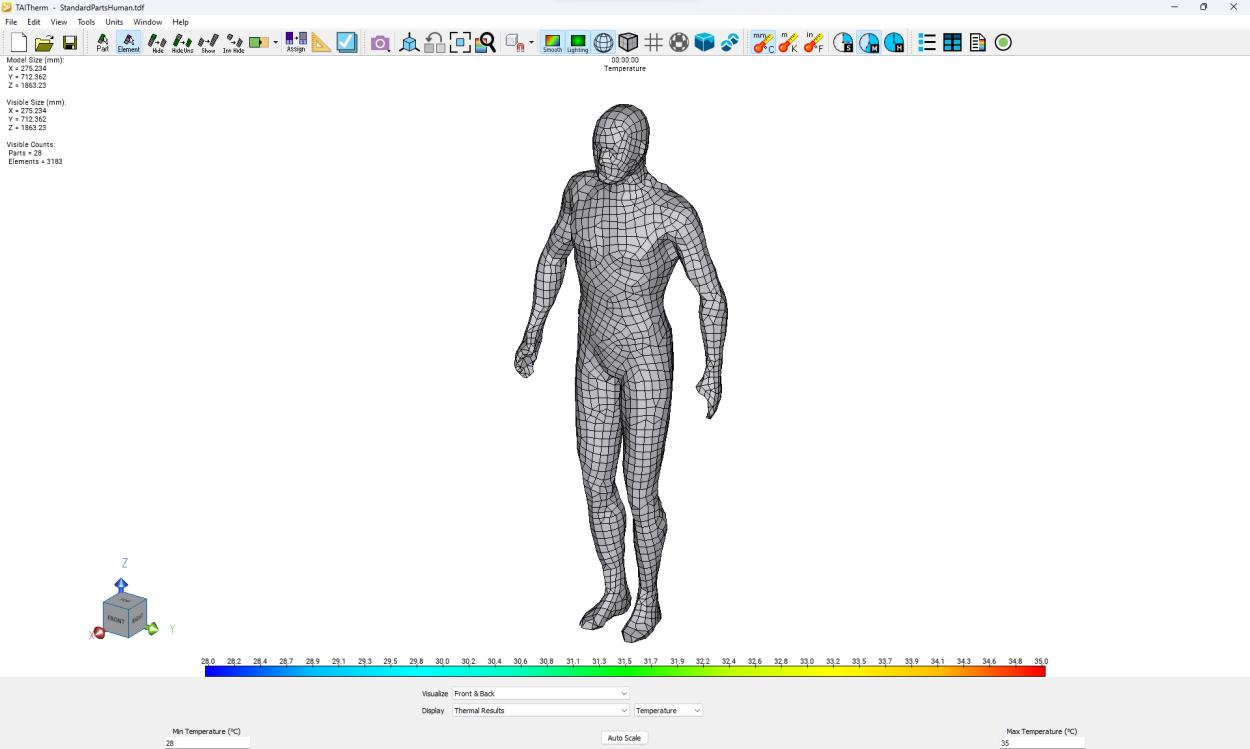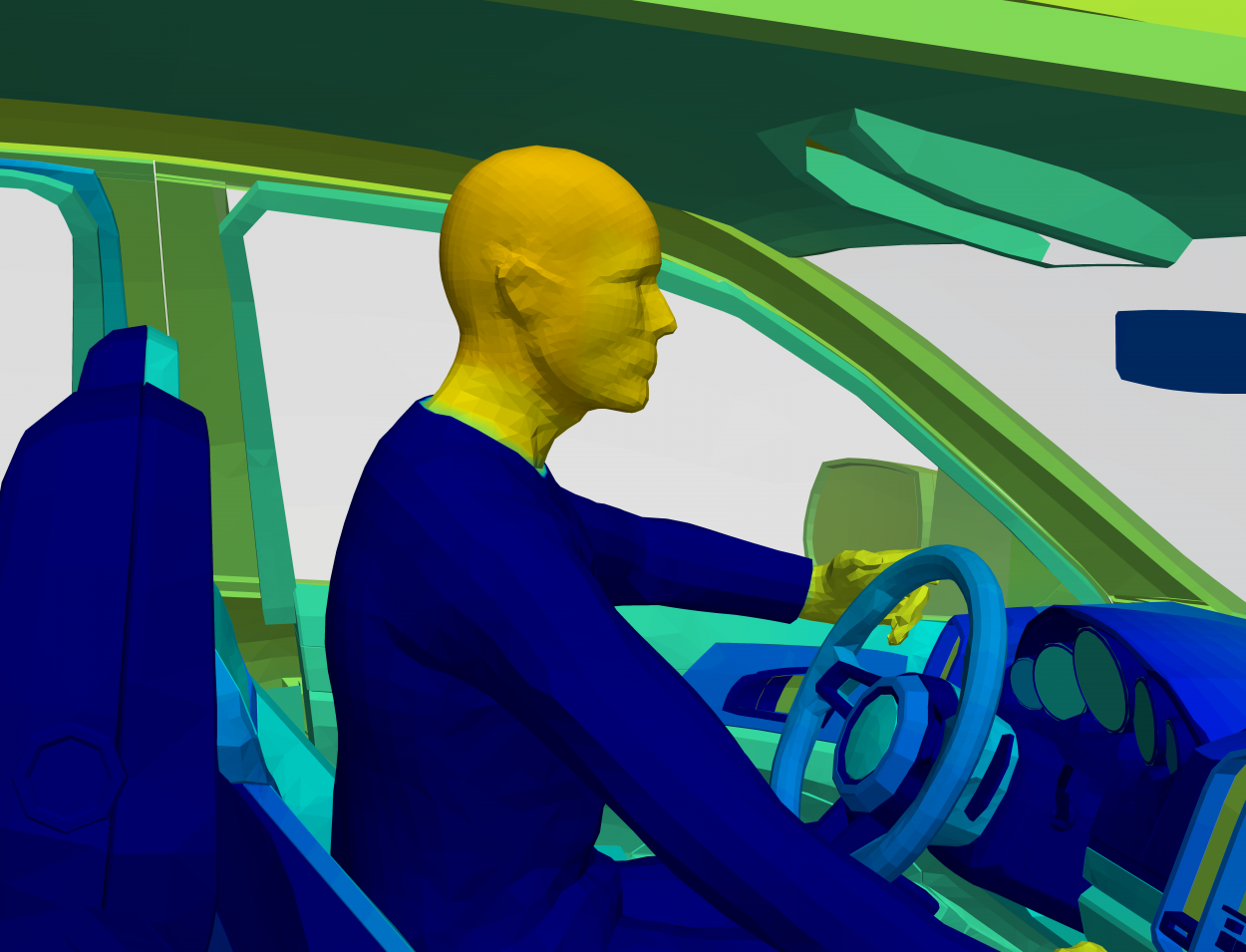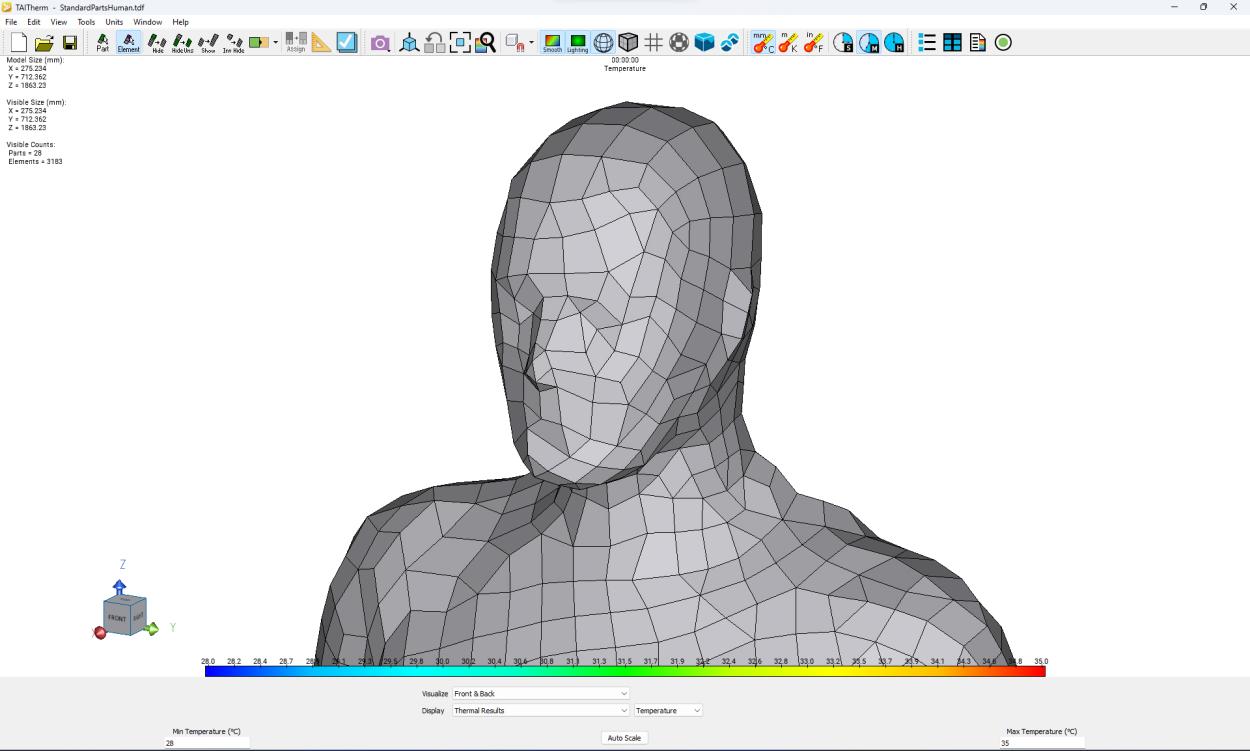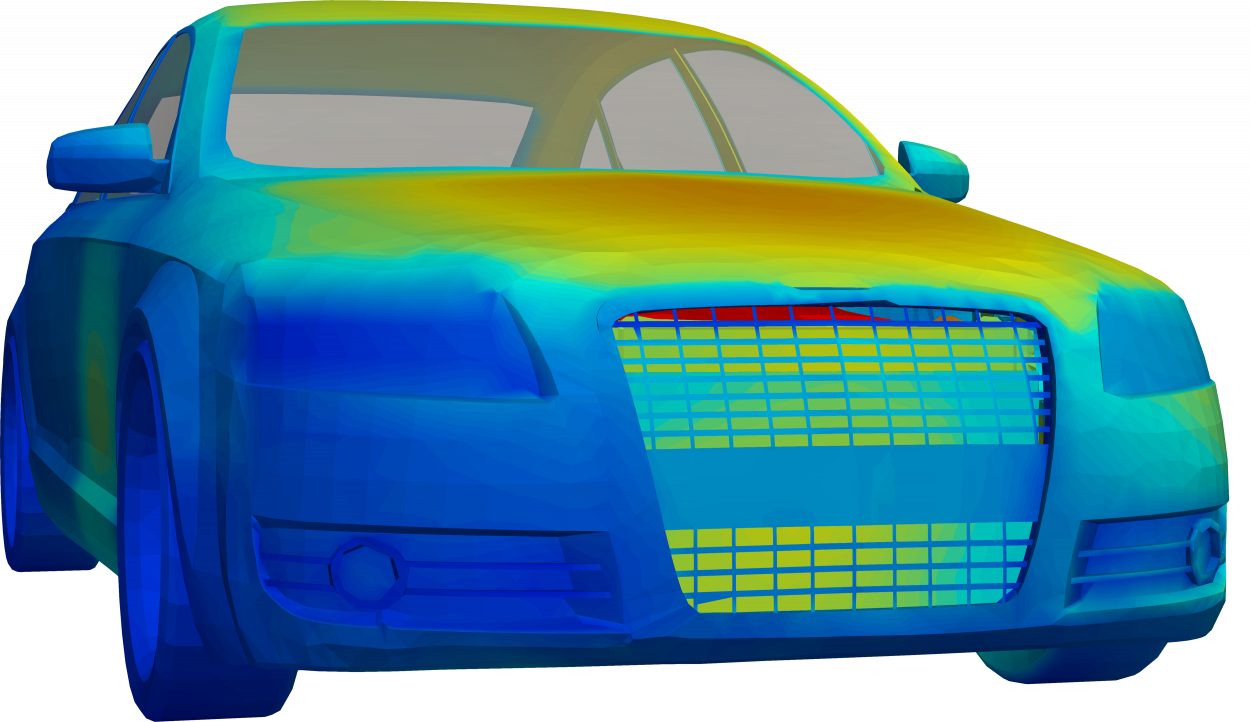Identify optimal materials for your design. Without sacrificing time, budget, or resources.
Burn Simulation
Accurate skin temperature prediction is essential in Human Thermal simulation. Humans often wear smart devices during varying levels of activity, so when designing a wearable electronic device, there are multiple design challenges to consider: skin sensation (comfort), the safety of the device, and burn temperatures (ouch!). Because burn modeling is impractical to do the testing on humans, we can use established models. Our thermal simulation software, TAITherm, offers advanced human thermal comfort and sensation simulation tools that accurately predict skin injury during thermal runaway, including device, skin, and contact temperature over time. Thermal discomfort surprises can be avoided by integrating user comfort testing and physiology-based modeling into the standard design process for wearable electronics.
Materials Matter
Product development must consider the comfort and safety of end-users. Since a customer's experience drives their perceptions of your product and, ultimately, market acceptance, your thermal management strategy is critical. The materials you use are essential variables in a successful thermal management strategy. You should use a robust thermal simulation strategy to ensure your chosen materials make the grade.
Optimize Your Design with Thermal Simulations
Simulations allow you to model the performance of any material or textile under any condition. You can also analyze many variants of your material without having to create multiple prototypes. Your optimization can be done virtually and verified in testing. This process enables faster production while saving you time and resources. Using TAIThermTM, you are offered a robust thermal and transient simulation method that can produce fast, transient simulations, include human thermal comfort analysis, and account for moisture transport and its effects on your thermal analysis.
Transient Simulation
TAITherm enables you to model your product under transient conditions, giving you a real-world analysis of your design. Transient simulation offers a detailed analysis that allows you to design optimally without over- or under-engineering. Transient simulation using TAITherm is fast, delivering simulation results in hours. Be assured that our fast run times and simulations provide accurate thermal data that enable you to make informed design decisions.
Human Thermal Comfort
Know how comfortable your customers will be while using your product. Our Human Thermal Extension comprehensively analyzes human thermal comfort and physiological responses based on your design. Whether designing wearables, activewear, or optimizing cabin comfort, you can know just how customers will feel over time and under varying conditions.
Moisture Transport
Moisture can significantly affect the thermal behaviors of your chosen materials. When moisture is present in materials, it can change the thermal and evaporative resistances. Changes to the properties can mean your product will operate differently than expected.
For example, if you're designing a winter coat and it becomes saturated with moisture from snow, a person may begin to feel cold as the moisture evaporates more quickly (due to lower evaporative resistance) and draws more energy (heat) away from the body. They will also feel cold because more heat can escape through the clothing layer due to a lower thermal resistance (R-value).
Moisture can also affect applications for other materials, such as glass. Automotive designers may be interested in defog/de-ice capabilities, which are now available as part of the transient analysis simulation with the Moisture Transport feature.
How To Model Your Materials
Using TAITherm, you can simulate how different materials affect your design's safety, comfort, or usability. Optimize your design by running A-to-B comparisons or altering it until it meets your desired metrics. You can also simulate a human's physiological response using your design and your chosen materials. You can determine the thermal comfort and sensation they will experience, whether a heat shield on a motorcycle or a jacket meant to take people to the top of Everest.
Utilizing Thermal Manikins
After you've optimized your design with simulation, you can evaluate your product's performance using a thermal manikin. A thermal manikin provides the next optimization level for your garment, cabin, wearable, etc. You can proceed to human testing once your design is analyzed using a manikin.
By optimizing your design before human subject testing, you can save time and resources by limiting the number of physical prototypes needed and scenarios that need to be tested.
Commonly Used In:
- Protective clothing simulation
- Athleticwear
- Wearable Technology
- Window/glazing placement
- Heated and cooled seats
- Textile optimization
- Moisture studies
Areas of Expertise

Accurate Comfort Predictions
Simulating human thermal comfort will provide the information needed to optimize the user experience and ensure product acceptance.
Our engineers can help you create a thermal simulation using TAIThermTM with the Human Thermal Extension. This will help you understand how altering the variables of your design affects the overall comfort of the human within your design.

Optimize Occupant Comfort
Because of the time spent in homes, offices, and vehicles traveling between the two, the automotive, architecture, and aerospace industries are all attempting to reach optimal occupant comfort for the utmost satisfaction of their customers. Our expert engineers have the knowledge and skills you need to predict cabin comfort and determine HVAC efficiency for your comfort strategies. They'll help you analyze localized heating and cooling, HVAC systems, and human sensation and comfort to ensure your customer's comfort.

Natural Effects
No matter where your product will operate, it is imperative to understand how the surrounding environment will affect it.
Our expert engineers will create a transient thermal analysis of your design environment to ensure you are modeling the true environment of your product. TAITherm can model environmental and material properties to ensure optimization.

Beyond Comfortable
Our Human Thermal Extension is the state-of-the-art technology for predicting human thermal comfort, safety, and effectiveness. It operates within our thermal analysis software, TAIThermTM, to comprehensively simulate human thermal sensation and thermoregulation under transient and asymmetric environmental conditions. Users can simulate all thermoregulatory responses based on many factors, including activity level. We have developed a comprehensive library of standard human models in various poses, including female and male physiologies. We have also developed an extensive clothing database for rapid model setup.
Getting Started
Let's Talk
If you would like to learn more about our material and textile thermal behavior simulation capabilities, let's talk! We will demonstrate how our software can fit your requirements and help you understand what you will need to simulate your thermal management strategy.
We are here to work with you at every step. We support our customers throughout your service project with excellent communication; we are only a phone call or email away. Our commitment to you never changes.
Support
We are here to answer your questions at every step. We support our customers before and after the contract is signed, our commitment to you never changes.

